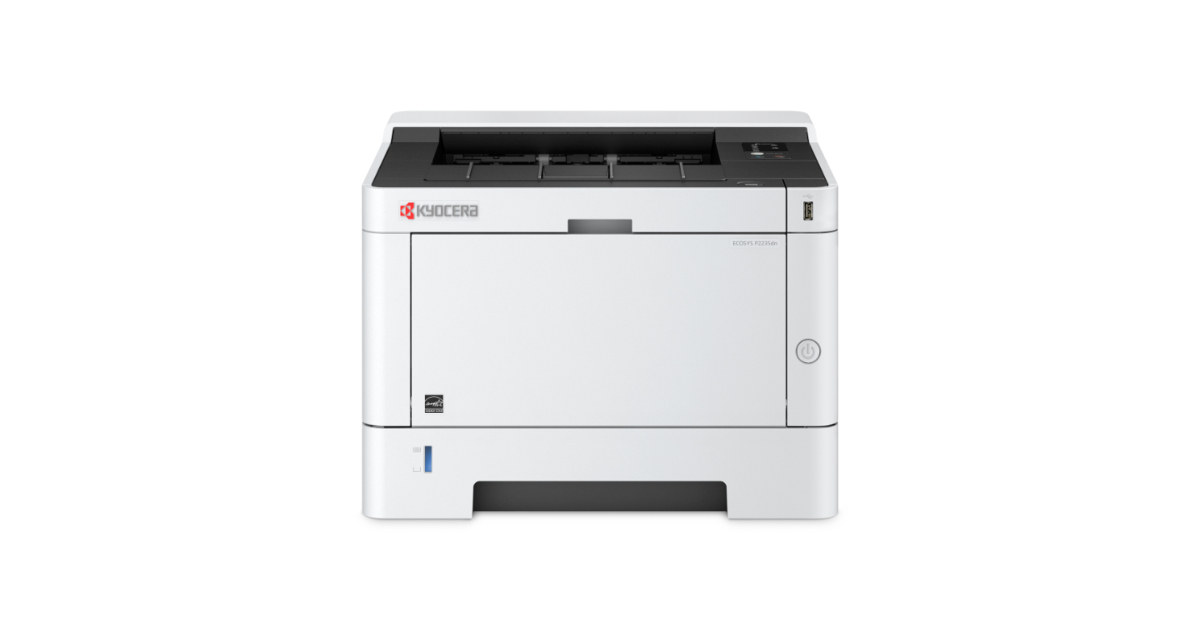4 min read
What to do after a data breach
In 2020, the average cost of a data breach in Australia was $3.35 million, an increase of nine per cent from the previous year. Furthermore, it took...
Benefit from smart ideas, lower costs, greater productivity. Choose from award-winning printers, software solutions and consumables
Personalised technology solutions to help your organisation gain a competitive advantage
Discover howWe combine professional expertise with a human kind of partnership
Get the right help and advice, register a product and see why our commitment to you matters.
Discover our brand, our global activities and commitments

Protecting customer information is a top priority for many businesses in an age of increasing digitisation and cybersecurity threats. From personal and contact details to bank and credit card information, business owners and IT leaders must ensure that personal and sensitive data is always secure, regardless of where employees access information.
Unauthorised data access or data breach can have serious consequences for your business. Not only can it damage your company’s reputation and deteriorate customer trust, but it can also lead to significant financial losses and even lawsuits. It’s important that your IT team and management understand your businesses’ legal obligations when it comes to protecting customer data.
For example, Australian businesses with an annual turnover exceeding $3 million are required by law to notify individuals if a data breach occurs that puts them at risk of harm. However, it’s not just large companies that have these obligations; many small businesses are also subject to the Australian Privacy Act and the notifiable data breaches scheme. Doing your research and understanding your business’ responsibilities is the first step to protecting customer information.
Data breaches can do devastating damage to you, your business and your customers. Here are some of the notable global data breaches in the past few years:
In 2017, Yahoo revealed that the 2013 data breach actually had 3 billion affected customers – the second biggest breach in history! Names, email addresses, usernames, passwords, and dates of birth were leaked. Yahoo had to face 43 class action lawsuits and the loss of $350 million from its sale price to Verizon.
While affecting fewer people, the 2020 Twitter data breach immediately became a high profile case when several celebrities’ accounts were hacked and scam messages tweeted on the same day. The hackers gained access to credentials through a spear phishing attack targeting a select number of employees. During the breach, they had access to at least 350 million accounts and stole $USD 110,000 in only a few hours before the scam was shut down. Twitter faces reputational damage and potentially heavy fines from the EU GDPR regulator.
.png?width=2374&height=13699&name=kyocera-infographic-Blog%20Size-1200-width%20(2).png)
Your customer data is a vital business asset for the efficient delivery of your products and services. Keeping this data safe builds your company’s reputation as trustworthy and reliable. So, how do you protect your customer data? Here are 10 ways to improve data security for your business:
Want to be 100% sure that your customer data is safe? Book a security audit today, and we can help you identify the vulnerabilities and security risks that could expose your customer data to hackers.
The interplay of print and document security is increasingly complex in the era of remote work. But Kyocera customers can count on our industry-leading expertise and proven ability to protect their business. Download our guide to learn more about our specialised document security solutions.
KYOCERA Document Solutions provides document management solutions that improve document cost control and security, while delivering greater productivity, reliability and uptime.

4 min read
In 2020, the average cost of a data breach in Australia was $3.35 million, an increase of nine per cent from the previous year. Furthermore, it took...

2 min read
In a new age of digital threats, it can be easy to forget one of the essential devices of the modern workplace: the printer. Printer security risks...

4 min read
Document management security is becoming a major concern for many companies. According to a study by the Ponemon Institute, the average cost of a...